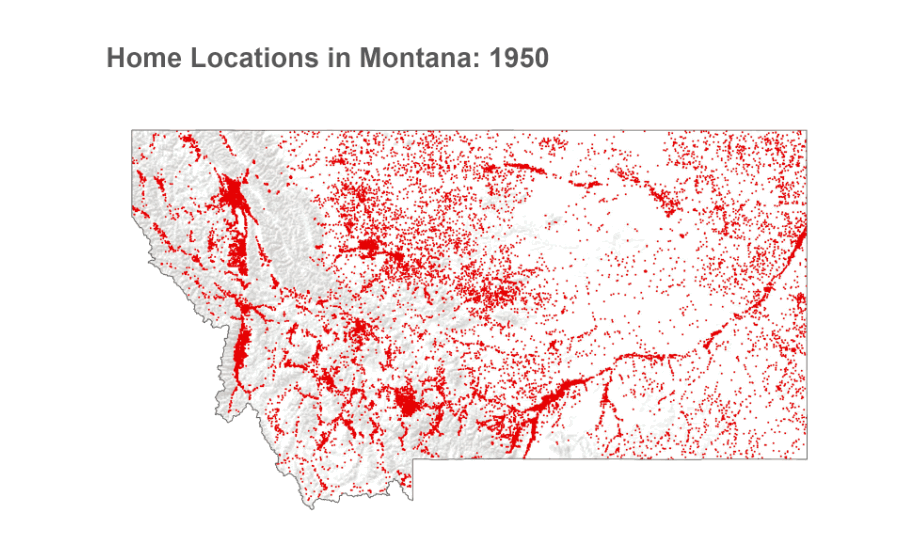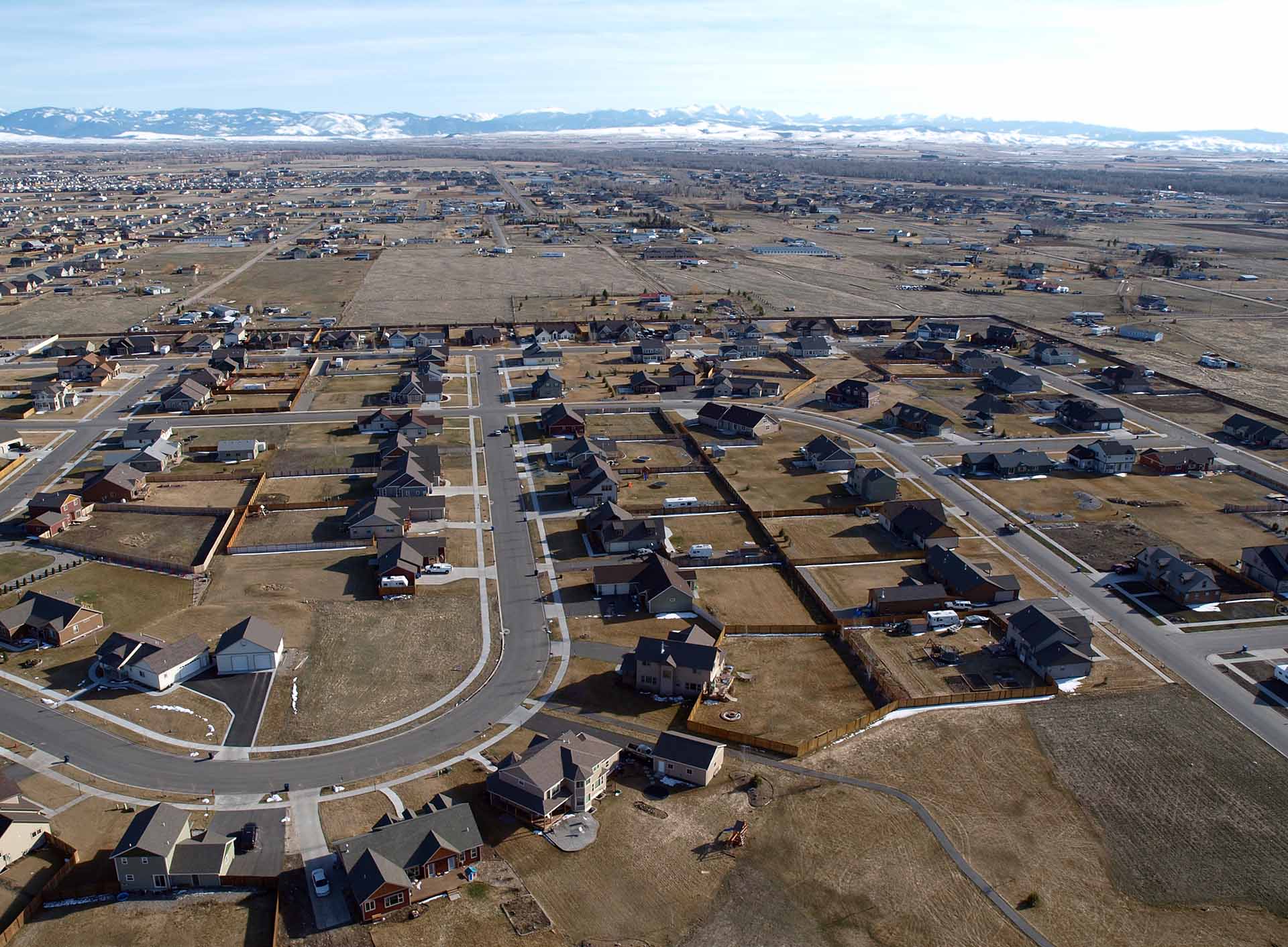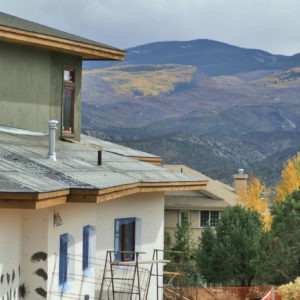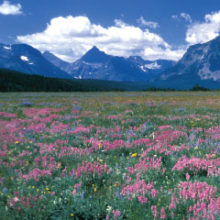Four Montana counties driving home construction
Most counties seeing new construction on large lots
Despite a recent acceleration in the pace of home construction, Montana residents are struggling to find affordable housing. A primary reason behind the lack of housing affordability is that a large share of Montana’s new homes are being built for affluent real estate buyers seeking large properties in the countryside.
According to Headwaters Economics’ analysis of tax assessor records from 2000 to 2021, 56% of single-family homes in Montana were built outside of incorporated areas. Over the same period, 41% of Montana’s single-family homes were built in neighborhoods where lot sizes exceed 10 acres. The current proclivity for low-density residential construction has resulted in the conversion of one million acres of Montana’s undeveloped land since 2000.
From 2000 to 2021, 56% of single-family homes in Montana were built outside of incorporated areas, and 41% were built in neighborhoods where lot sizes exceed 10 acres.
While there is clearly a demand for ranchette-style, luxury home development, a failure to encourage construction of affordable, attainable, durable housing will undermine Montana’s economic future—first by displacing workers for whom the cost of living becomes out of reach and second by eroding the natural areas and working lands that undergird much of the state’s economic activity.
Using data from Montana property records, Headwaters Economics has generated a number of maps and charts that illustrate recent trends in single-family home construction and highlight the need for housing solutions in the state. The data can be useful for aligning diverse partners and making the case to voters and local and state decision-makers who can advance some of the countless solutions that are being explored by communities in Montana and across the country.
For the purposes of this post, single-family homes are all non-commercial residential dwellings, including detached single-family homes as well as condominiums, duplexes, and townhomes. See Data Sources & Methods for more information.
Subscribe to our newsletter!
Montana home building trends illustrated in five graphics

Montana home building is spreading rapidly. This loop shows home construction in Montana from 1950–2021.
31% of single-family homes in Montana were constructed from 2000 to 2021. The number of homes in Montana grew by 42% from 2000 to 2021.
Since 2000, one million acres of undeveloped land have been converted to housing, an area the size of Glacier National Park.
The four most populated counties— Flathead County (Kalispell), Gallatin County (Bozeman), Yellowstone County (Billings), and Missoula County (Missoula)—account for more than half of Montana home construction since 2000.
More than half of homes constructed in Montana since 2000 were built outside of incorporated areas, and 41% of homes were constructed on large lots of more than 10 acres.
Data sources and methods
Housing data from the Montana Department of Revenue’s Property Assessment Division and were summarized to quarter-section (160 acres).
This analysis describes patterns in single-family homes and other dwellings, such as condominiums, that are classified as residential by the Montana Department of Revenue. Properties that are taxed as commercial, including most apartment buildings and mobile home parks, are not captured in these data.
January 2024 Update: This post updates earlier research on home construction across Montana.
This post was originally published in April 2018 and was updated in January 2024 to reflect the latest data.












